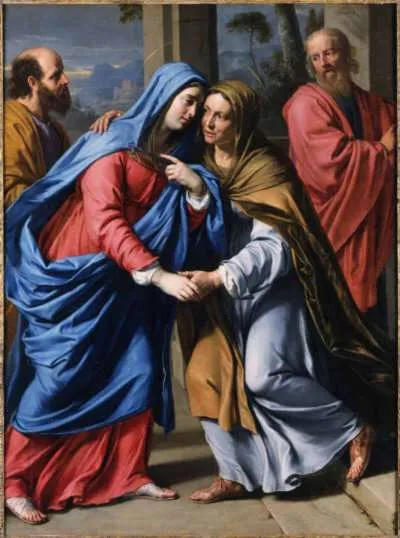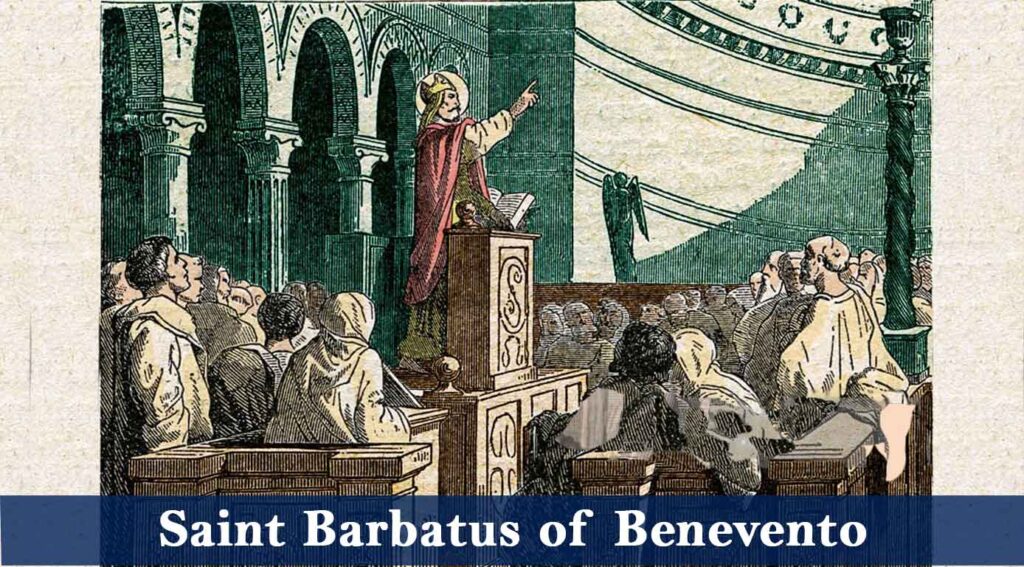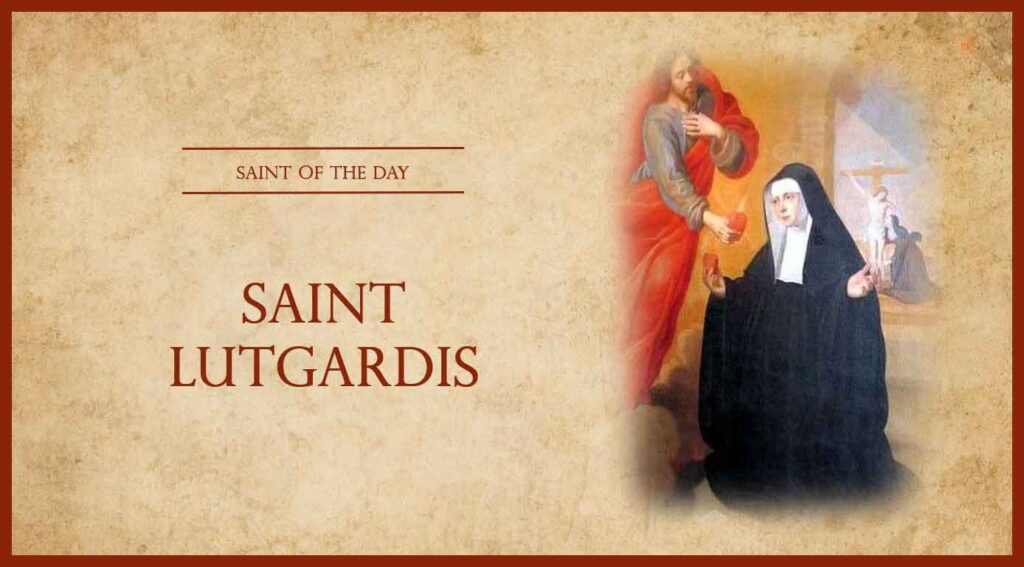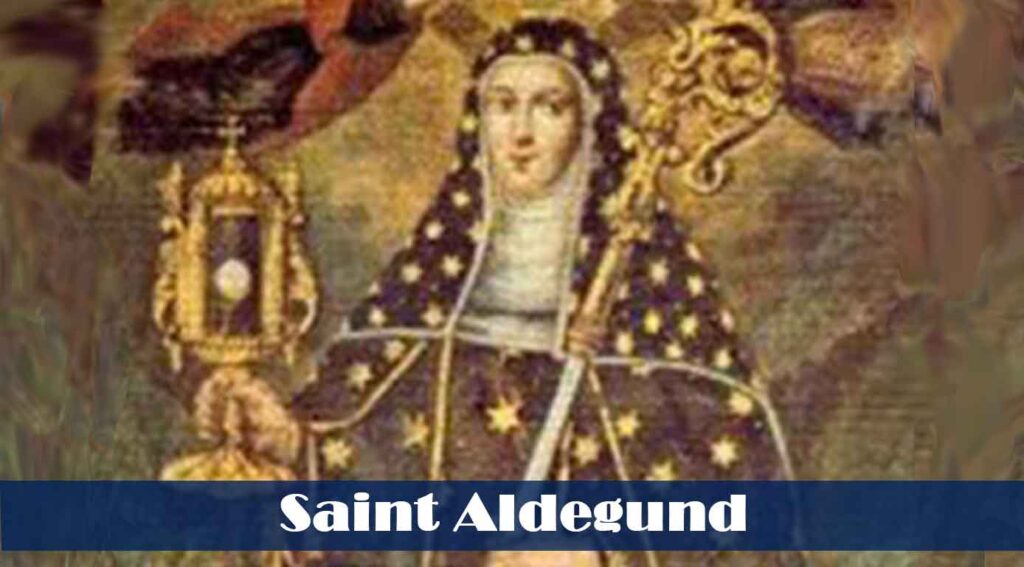Toward the end of the fourteenth century, the Church suffered from an internal conflict known as the Western Schism. In 1378, two men claimed to be the pope. Pope Urban VI resided in Rome, and the anti-pope Clement VII resided in Avignon, France. This division raged on until 1417 when the Council in Constance resolved the issue once and for all. Pope Urban VI instituted today’s feast, the Visitation of the Blessed Virgin Mary, in 1389 as a way of asking the universal Church to pray to the Blessed Virgin Mary for unity and peace.
Though the immediate reason for the institution of this feast was internal Church conflict, its inspiration is the glorious story that Saint Luke recounts in the first chapter of his Gospel. After the Annunciation, God became man. Divinity united to humanity within the womb of the Blessed Mother. Most likely, Mary traveled to be with Elizabeth, her cousin, within a month of conceiving the Savior of the World. Thus, she traveled as a tabernacle of the Most High. Note that Luke tells us that she traveled “in haste.” On a spiritual level, we can see within this line a twofold action. First, though the Savior was but a tiny child within Mary’s womb, He was also God. He had divine knowledge. Thus, within His divinity, God the Son desired that His virginal mother not only go to Elizabeth to assist her in her pregnancy, but that she also go to her because the Son of God desired to sanctify John the Baptist within his mother’s womb. The first thing we see, therefore, in this journey “in haste” is the revelation of the Son of God’s desire to pour forth His sanctifying grace upon His precursor, John, within the womb. It was Jesus, within the womb, Who inspired His mother to make the journey so as to fulfill His divine will.
The “haste” also affected our Blessed Mother. She was filled with the Holy Spirit and carried the Eternal God within her womb. Therefore, her motherly heart would have sensed the longing of the will of her Divine Son within her womb to bestow His first gift of sanctifying grace upon John. As a result, she was compelled to travel quickly to Elizabeth so that her Son could fulfill His will.
When Mary reached Elizabeth, Elizabeth cried out, “Most blessed are you among women, and blessed is the fruit of your womb.” She went on to call Mary “the mother of my Lord” and to reveal that at the moment Mary greeted her, something amazing and spiritual took place within the child in her womb. John leapt for joy. Spiritual joy is a reaction to grace, and John encountered grace in that moment. Saint Thomas Aquinas holds the position that John the Baptist was delivered from Original Sin at that moment. In fact, he goes so far as to speculate that divine grace may have accelerated his use of human reason within the womb: “Perhaps also in this child the use of reason and will was so far accelerated that while yet in his mother’s womb he was able to acknowledge, believe, and consent, whereas in other children we have to wait for these things till they grow older: this again I count as a miraculous result of the divine power” (Summa Theologica 3.27.6).
In addition to the Visitation being a revelation to us about Saint John the Baptist and the Son of God’s desire to sanctify him in the womb, it also reveals much to us about the Blessed Mother. Immediately after her exchange with Elizabeth, Mary sings her Magnificat, in which she not only glorifies God for His greatness and perfect plan, but she also reveals the beauty of her own soul. The Blessed Mother speaks of her “lowliness” (humility) and the fact that “all ages” will call her blessed. She reveals that God has done “great things” for her because she had the gift of holy fear of the Lord. She goes on to reveal that in her lowly state, God will exalt her, as He will exalt all who humble themselves before Him.
As we celebrate this glorious feast, ponder first the great need the Church has for the intercession of the Blessed Virgin Mary. She is the Mediatrix of Grace, as Vatican II called her. She is the instrument through which grace entered the world in the Person of her Son. Just as Pope Urban VI saw a need to heal the Church through Mary’s intercession in the fourteenth century, so the Church is also in great need of healing today. Call upon her intercession for the Church as we honor her Visitation today.
Ponder, also, the expediency with which Mary traveled to Elizabeth to introduce her cousin and the child in her womb to the Savior. Too often, we take a lackadaisical approach to evangelization. We hesitate, remain uncertain and uncommitted, and lack zeal. Reflect upon the holy drive within Mary’s heart as she traveled to Elizabeth, and seek to imitate that same drive in your life. Allow the Holy Spirit to not only inspire you to share the love of Christ with others, but to also fill you with a sense of holy urgency. God’s Heart burns with a desire to be known, loved, and adored by His people. He wants to use you, as He did Mary, to become the instrument by which this happens in the hearts of those to whom God is sending you.
Source: https://mycatholic.life/saints/saints-of-the-liturgical-year/may-31—visitation-of-the-blessed-virgin-mary/








